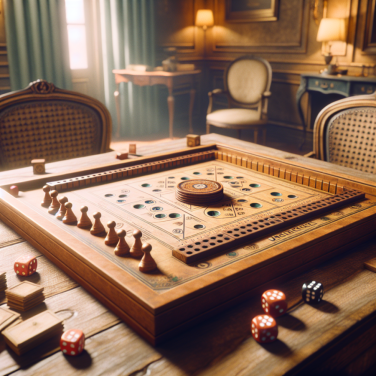Multipurpose Uses of Tennis Balls in Senior Mobility Aids
Tennis balls have become a surprising yet staple addition to mobility aids used by seniors. Though unconventional, the addition of tennis balls to walkers has brought about a myriad of benefits for the elderly population, enhancing both the functionality of the walkers and the users’ experience.
The foremost benefit that arises from attaching tennis balls to walkers is the increased stability and smoothness they provide. Unlike the rubber tips or plastic glides that come standard on most walkers, tennis balls can indeed move more smoothly over a variety of surfaces, diminishing the friction between the walker and the floor. This is particularly helpful on surfaces where rubber tips may catch or drag, such as carpeting or textured pavement, potentially preventing trips and falls.
Moreover, tennis balls can also be very helpful in shock absorption. They slightly cushion the impact as the walker is set down, which can be helpful for seniors who may have arthritis or other conditions that make jarring movements uncomfortable. The softness of the balls can make walking with the aid a more pleasant experience.
Another advantage of using tennis balls is the protection they offer to flooring. Walkers with hard edges or worn rubber tips can scratch or scuff floors, especially wood or vinyl. Tennis balls are softer and less likely to cause damage. This can be particularly important in residential care homes or in settings where maintaining the flooring is a concern.
Customizing tennis balls for use on walkers is fairly simple. One common method is to cut a small X-shaped slit into the ball and push it onto the walker's legs. This can be advantageous since tennis balls can be easily replaced when they become worn, ensuring that the walker always moves smoothly and that the floors remain unscathed.
Tennis balls can also be an inexpensive solution. Unlike specialized walker glides and caps, they are widely available and cost significantly less. Seniors on a fixed income, or those who rely on caregivers, might find this cost-saving aspect particularly beneficial.
Furthermore, the bright color of standard yellow tennis balls can serve as a visual aid, enhancing the visibility of the walker's legs. For seniors with impaired vision or cognitive issues, the increased visibility can contribute to the safe use of the walker.
Lastly, tennis balls can bring an element of personalization and fun to a mobility aid. They are available in various colors, and seniors or those caring for them can choose colors that the user likes, potentially boosting their spirits and encouraging them to use the walker more frequently.
Read also:
Exploring the World of Recreational Games: Transforming Leisure Time
Enhancing Stability and Comfort: The Role of Tennis Balls on Walkers
Tennis balls affixed to the bottom of walkers isn't just a makeshift trend; it's a practice that has real benefits for stability and comfort. This method has evolved as a popular solution to the challenges posed by standard rubber tips that come with most walkers.
One of the key aspects is the improved stability offered by the tennis balls. When the hollow rubber tips of a walker wear down, they can become uneven, leading to a wobbly and unstable support. Furthermore, the small surface area of these tips can catch on irregularities in the floor, such as cracks or uneven tiles, making the walker jerk or stall. When a walker becomes unreliable, the risk of falls increase, which is particularly concerning for those with mobility issues. Tennis balls, with their larger surface area and softer composition, provide a smoother glide over such surfaces, reducing snags and the effort required to push the walker forward.
Comfort is another significant factor. When using standard walkers, vibrations and impacts are transmitted through the handles with each step, which can be uncomfortable and potentially exacerbate conditions like arthritis. Tennis balls, due to their natural shock-absorbing properties, can soften the impact transmitted to the user's hands and arms. This cushioning effect makes the use of a walker a more comfortable experience, potentially leading to less fatigue and more prolonged mobility and independence.
Moreover, the customization of tennis balls allows for personalization and easier identification of one's walker. Cutting a small X into a ball and pushing it onto the leg of the walker is an easy DIY adjustment that can be completed within minutes. As tennis balls are available in a variety of colors, users can choose their preferred color to personalize their walkers, which could enhance visibility and safety while also making the device feel more personal and less medical.
The simple act of adding tennis balls to walkers can improve the maneuverability on a variety of surfaces, including carpets, tiles, and pavements. This feature is particularly helpful in communal living spaces, such as nursing homes or assisted living facilities, where residents move across different types of flooring.
It's important for individuals considering this adaptation to consult with a healthcare professional to ensure that it is suitable for their specific needs. For instance, while cutting slits in tennis balls and mounting them is generally simple, there are potential health risks if the balls aren't securely affixed or are worn out. It's crucial that the tennis balls are checked regularly for wear and tear and replaced as needed to maintain safety and performance.




